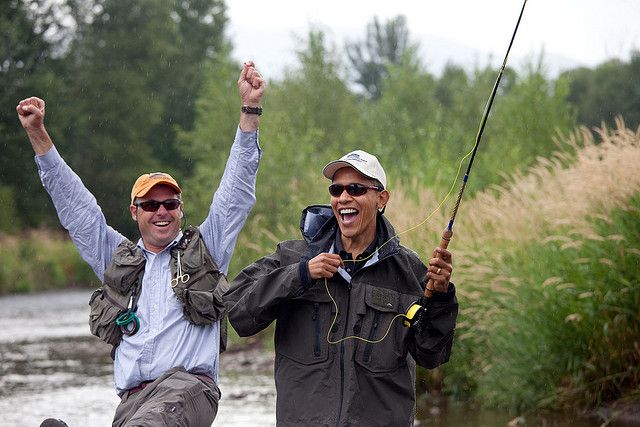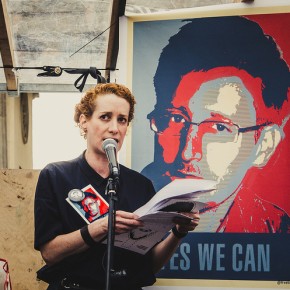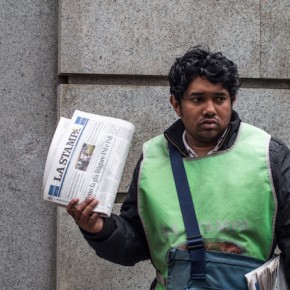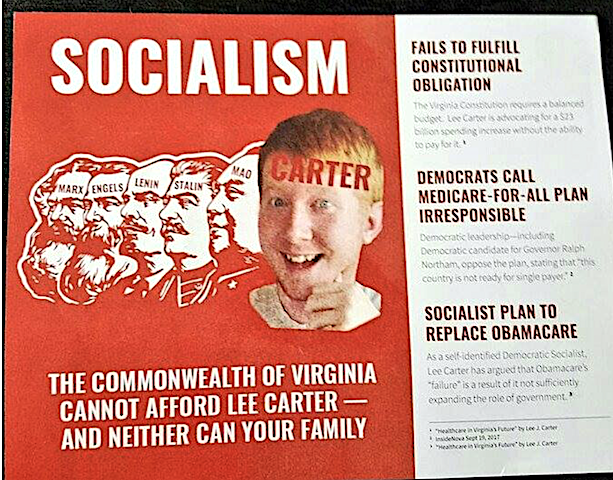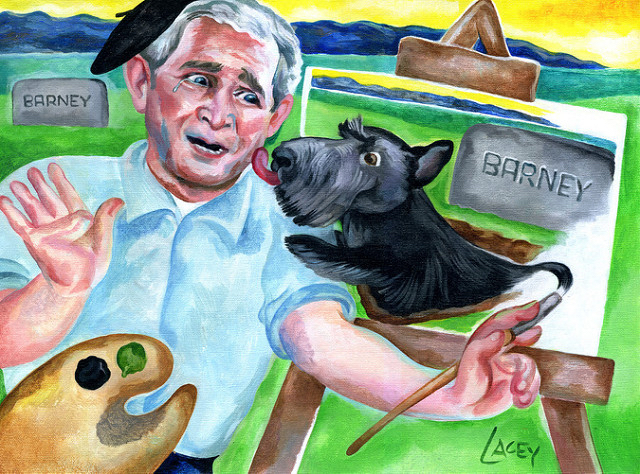The beat goes on. A St. Louis grand jury declined to indict Darren Wilson in the shooting death of Michael Brown, an unarmed teenager who he had pursued for fifty yards down an open street. An NYPD officer in Brooklyn shot Akai Gurley to death with no warning and nothing even vaguely approximating probable cause (much less justification.) A police officer in Cleveland rolled up on 12-year-old Tamir Rice, playing with an air pistol in a public park, and shot him dead within two second of arrival on the scene.
And, perhaps, most egregiously, a grand jury in Staten Island declined to indict Officer Daniel Pantaleo after he was caught on film using a banned stranglehold to choke the life out of Eric Garner.
Garner’s crime was simply selling, loose, untaxed cigarettes, a fact that creates a further depressing parallel with Michael Brown (who had allegedly stolen several packs of cigarillos from a convenience store shortly before he was killed.) All in all it has been a grim couple of weeks for post-racial America. In light of these events, it is hard to avoid the conclusion that the value of the lives of young black men has been starkly reconfirmed has just less than a couple of packs of smokes.
It wasn’t supposed to be this way. When Barack Obama was elected president in November 2008, it seemed to many that this was a new dawn in America, one in which the country could finally turn the corner on a past shaped by slavery, Jim Crow, lynching, redlining, covenants, and dozens of other means by which the racial inferiority of African Americans was enshrined in law and inscribed on their bodies.
More broadly, Obama’s message of hope and his promise (more implied than actually stated) to move away from the aggressive and brutal militarized imperialism of the Bush years seemed to a wide spectrum of those on the left in the United States to presage a new mode of politics. Perhaps one might still have to hold one’s nose while voting for the Democratic Party, given that it never deviated from its obligations to do obeisance both to the US national security apparatus and to the Israeli Likud Party. But an expectation was kindled in many progressive breasts that a president drawn from outside the normal structures of race and place in American society might make a different politics possible.
The failure of this optimism is everywhere in evidence in the disappointed bleatings of Democrats (and not only those on the progressive wing of the party) about “Obummer” and his failure to close Guantanamo, curtail the drone war, or to address the propensity for young black Americans to be snuffed by those action under color of authority. Perhaps the most remarkable aspect of this collective disappointment is the manifest failure that it implies in terms of understand what the American republic is all about. In a word: spectacle.

Political campaigns are certainly the most glaring, but by no means the only, example of the disconnect between appearance and reality in the American polity. Much is made in the media about the differences between presidential candidates, both in terms of their programs and, even less substantially, the “character.” The fact of the matter is that the presidency of the United States is like the chairmanship of a company board: one holds the job in order to defend the interests of the shareholders. In this respect, it simply doesn’t matter who ocupies the chair. The policies of any sitting president are rigorously circumscribed by a range of politico-economic interests. In the end, the pious blather about this or that element of policy or character is just so much pettifogging.
So seven years into the supposedly progressive Obama administration and Guantanamo is still a weeping sore on the human rights records of the United States. The drone war has not ended. In fact it has intensified since the end of the Bush Administration. This is in part justified by the claim that it is a substitute for the risk posed to American lives (really the only ones that matter) posed by putting boots on the ground in a Middle Eastern region where hatred of Americans is practically the only thing on which most of the major factions can agree. But even this justification may evaporate as the threat post by the gangster of the Islamic State to the US-backed statelets in the region grows.
Back in the United States itself, it’s business as usual. There is a long standing policy, going back some 350 years and assiduously maintained by each succeeding junta, that African American males can and must be subjected to restorative violence, so that that the structure of the racial political order of American society can be reconfirmed by the reinscription of domination on black bodies. The killings of Michael Brown, Akai Gurley, Tamir Rice, and Eric Garner each have their own configuration. But taken together illustrate the ways that race is imbricated in the system of bourgeois economic power.
All were poor, and three of the four were engaged in acts of criminality that, although utterly trivial, needed to be tamped down in order to prevent even the merest suggestion that the poor and non-white might be allowed to challenge the received order of society. The exception, Akai Gurley, was simply “guilty” of occupying a suspect space, one whose anti-systemic qualities themselves inspired overwhelming dread among the armed representatives of the bourgeois order, and thus designated it as a free fire zone.

There is a sense in which the case of Eric Garner is the most egregious of all of these cases. There is simply no doubting what happened, no need to refer to forensic evidence, no attempt by the perpetrator to deny the actions that he took. It is all there on film, the whole event, including Garner’s pathetic cries for help as he suffocated. In truth it should hardly come as a surprise. As the Rodney King incident showed, having film of a pack of armed men beating a supine victim senseless is not necessarily evidence of a crime. As in the case of Michael Brown, the grand jury system was used as a (secret) venue for the exoneration of the perpetrator. Once again we have spectacle. The outcome of the procedure is a foregone conclusion. Yet the performance is necessary in order to complete the process of reintegration of order through legitimate violence.
Even without the need to use black bodies as a means of tying society together, it is generally the policy of those running the American republic that acts of violence by police are acceptable, while simple corruption is not. As the Knapp Commission of the early 1970s showed, acts of violence by police only crossed a boundary when intermixed with venality. The defenders of the order must not be seen to have their hand in the till (or at least that part controlled by the white constituency) lest it lose the confidence of the stolid white middle class (itself a species in danger of extinction). The job of the police is to create the conditions for accumulation without skimming (unduly) off that process. The policing of the racial order is part and parcel of that process.
So much for post-racial America. Seven years into the Obama administration and black men are 20 times more likely to be killed by polices than whites . One in three black men will go to jail in their lifetime, and will receive a sentence an average of ten percent longer than a comparably charged white person. Pace the deranged narratives of the Tea Party and its media acolytes, Barack Obama is not a Kenyan socialist by rather an America machine politician who politics are, as a practical matter, well to the right of Ronald Reagan. Perhaps the fact that an African American is now the leading executor of this project may help the process of raising consciousness.
The system functions to maintain an order with economic, gender, and racial elements. For these reasons, the particular identity of the chairman of the board is of little consequence. The effects of this consciousness raising are visible in the streets, as they were with the Occupy movement in years past. This question remains whether the disparate modes of opposition that have so far been mobilized will have the staying power and the critical nous to challenge the system at its roots.
Photographs courtesy of Steven HSVA , shasti, and Barack Obama. Published under a Creative Commons license.
